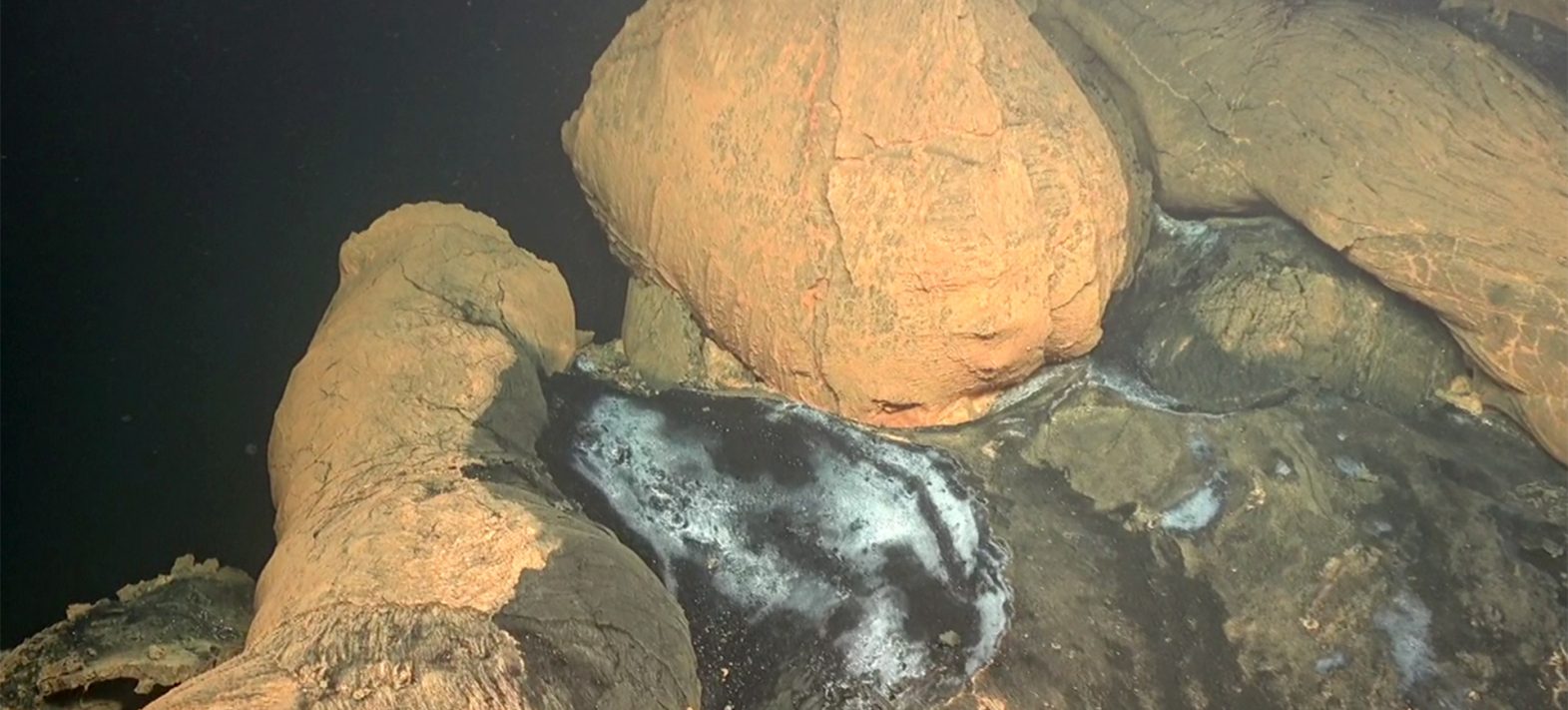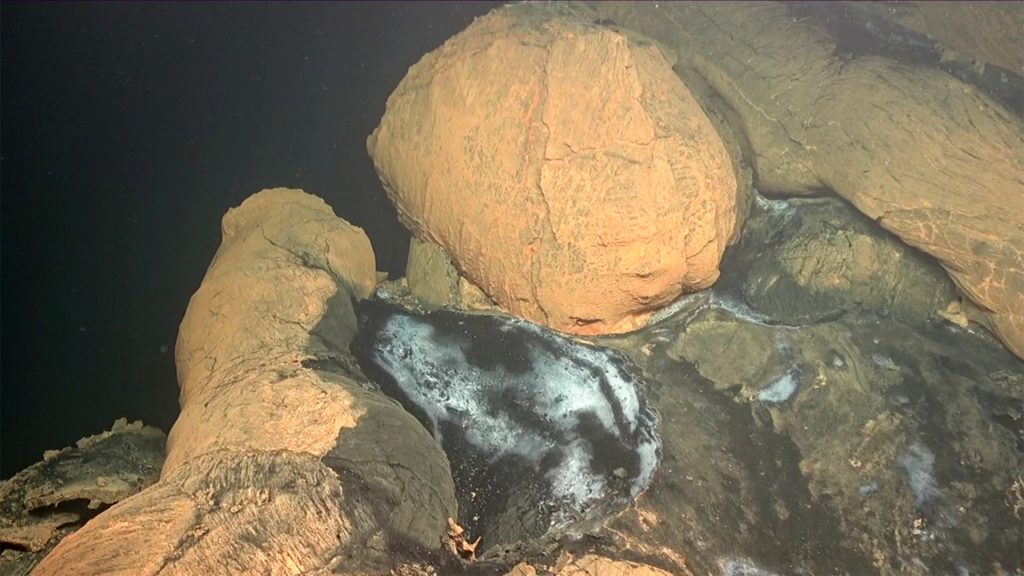In May 2019, scientists discovered an underwater volcano barely a year old, off Mayotte at a depth of more than 3,000 metres. It is the 4th largest active volcano in France. To witness such a geological birth almost live and to observe the evolution of a young underwater volcano, so deep but so close to inhabited areas, is unique in the world.
Nearly twenty monitoring missions, coordinated by scientists from CNRS, Ifremer, IPGP and BRGM, have been carried out over the past two years, despite the confinements and health restrictions imposed by Covid-19. In addition to this monitoring, scientific questions are being asked about the origin of the magma emitted, the processes involved in setting up the volcano and the impact of eruptions on underwater life and the chemical composition of the water. To improve scientific knowledge, the Geoflamme research mission coordinated by Ifremer and the IPGP took place over 40 days, from April 17th to May 25th 2021 on board the oceanographic vessel Pourquoi Pas? with the help of 70 scientists.
“The birth of such a volcano is a brutal event for the marine environment. The volume of lava emitted in just a few months is estimated at more than 6 km3, the equivalent of a layer several tens of metres thick that would cover the city of Paris,” explains Emmanuel Rinnert, mission leader and researcher at Ifremer. Never before has an underwater volcano been studied so young and at such depths. It’s an exceptional object and the data we’ve collected in the field will help us to understand it better.
Surgical precision images and samples
Geoflamme is the first research campaign based on precise sampling and observation of the new volcano. The scientists carried out a real investigation by getting up close to the volcano, using a range of tools deployed by the French oceanographic fleet operated by Ifremer, one of the 5 largest in the world: an autonomous robot for mapping and taking samples from the seabed, a dredger or corer, and a rosette for water samples. For the first time, the seabed was examined using the Victor 6000 submersible, capable of diving to a depth of 6,000 metres. A robot the size of a city car, controlled from the surface and linked to the boat by a cable. It made 17 dives lasting between 24 and 36 hours, taking surgically precise images and samples.
“These photos come from our first dive with the Victor 6000 submersible on the volcano. We were very surprised during the first few hours of the dive because we couldn’t see anything even though we were 2 m below the surface and the water was very murky,” explains Emmanuel Rinnert. But after 6 hours, we came out of the cloud and we could see the volcano. It was the first time we’d seen it up close, as if we were actually there. We could clearly see the tube-shaped lava, typical of underwater eruptions, with tangled flows. The ochre colour is probably due to oxidised iron particles, like rust. There are also areas where the lava is very black and shiny, indicating that it is particularly “fresh”. The volcano erupted three years ago, so it’s a microsecond on the scale of geological time.”










